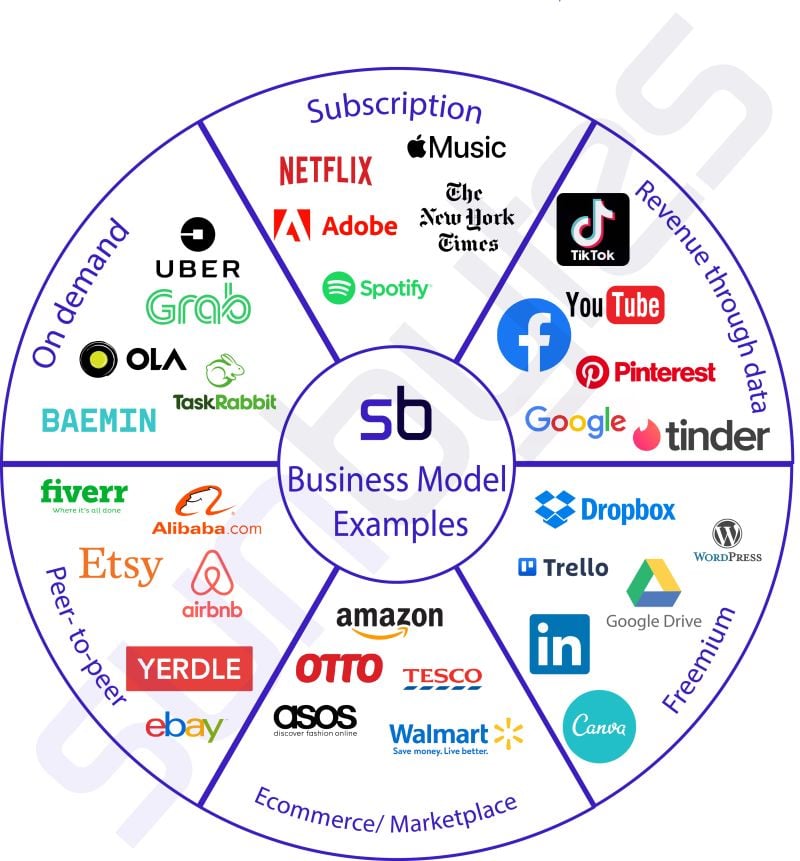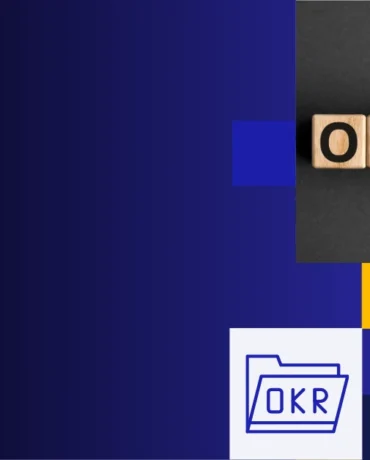Business models and examples are always the things that startup owners research when establishing their business. Today, let’s take a look at the 6 most popular business models and samples to learn how the greatest giants are making money.
What is the business model?
Despite its intangibility, the business model is an essential concept that guides all actions of a corporation, from human resource management to the technology team, sales, and marketing, providing financial rewards to the organization.
A strong business model, according to Peter Drucker, the creator of modern management, addresses his age-old question: Who is the customer? And what do customers value? It also provides solutions to the essential concerns that every manager must consider: How do we generate money in our business? What is the fundamental economic logic that explains how we can provide value to consumers while keeping costs reasonable?
According to Alexander Osterwalder, the author of Business Model Canvas and a Swiss business theorist, author, speaker, consultant, and entrepreneur, a business model is defined as “nothing other than a representation of how an organization makes (or intends to make) money.”
9 elements of the business model canvas
The business model will act as an intermediary between the technical input and the economic output. To fulfill this role, the business model needs the 9 basic elements:
- Customer Segments: Who are the customers? What do they think, see, feel, and do?
- Value Propositions: What value does the company provide? Why do customers buy and use?
- Distribution Channels: How are these values promoted, sold, and delivered? Why? Is it effective?
- Customer Relationship: How do you treat customers through their transaction process?
- Revenue Stream: How does this business generate revenue from the value provided?
- Key Activities: What are the most important strategies for selling value offers?
- Key Resources: What are the most important assets and resources a company must have to be competitive?
- Key Partners: Partners involved in delivering the business’s value, including those who provide resources and conduct business.
- Cost Structure: What are the company’s major costs? What do they have to do with revenue?
Can a business model start with a story?
Every successful business model is born to serve a certain need or problem of society. There are many interesting stories about the brand stories of companies, and hidden in each story that makes up a business model is the creativity and vision of the founders.
While Facebook was created to make it easier for Harvard students to connect, Amazon was founded when Jeff Bezos realized the great potential of the World Wide Web, as well as the limitations of one’s storage. physical bookstore.
Talking about Uber, we cannot forget Travis Kalanick’s sharing when he was asked about the reasons for establishing the company on the stage of Business Insider’s IGNITION 2013 conference: “We just wanted to push a button and get a ride,” he said. “And we wanted to get a classy ride. We wanted to be ballers in San Francisco. That’s all it was about.”
Now, after having a story, an idea to start your business as well as the components of your business to put on the business canvas, let’s check our following 6 most popular business models and see which of the below models your business may belong to.
6 most popular business models and examples
Before rolling up your sleeves to implement a business plan, you may have to finalize your business model. You will have to list out which products/ services you want to sell, which market you want to target, and how you are going to monetize your business. Sometimes, the success of a startup comes from the combination of different business models.
If you are still looking for ways to monetize your startup, whether it is a Team as a Service provider or a snack reseller, get more ideas from the list of the 6 most popular and famous business models and examples below!
Subscription business model
A subscription is a recurring revenue model where a brand offers access to a product or service in return for an upfront annual or monthly fee. This could be anything from a streaming service like Netflix or Spotify to a subscription box containing curated products.
On-demand business model
This type of business aims at satisfying customers when they spontaneously need your product/service. Grab, Baemin, Hotel Tonight, Uber, etc, are typical companies for this model.
Peer-to-peer business model
The peer-to-peer business model works on the premise of playing matchmaker between individuals with a service to offer and others who could use that service. The company offers a meeting point, mostly an online database and communication service that connects these individuals. Typical examples are eBay, Airbnb, Fiverr, etc.
E-commerce business model
E-commerce is a model where suppliers bring their products to an online platform and let this platform distribute products to buyers. Most e-commerce platforms strictly manage distributors and have higher fees than peer-to-peer sites, so the risk for buyers is also somewhat reduced. Famous e-commerce platforms now are Amazon, Tesco, Walmart, ASOS, Otto, etc.

Freemium business model
This business model is a hybrid model between Free and Premium. Customers can experience free products/services indefinitely or for a certain period, but will be limited in features and experiences. Customers are forced to pay for more premium privileges and experiences. Most mobile software/game companies now use this model, and recently, even Netflix switched to this model when it launched a free tier for all customers with a limited number of movies.
Hidden revenue through data
The revenue from this business type not only comes from direct transactions but can also come from customer data. Even if the companies provide completely free products and services, they can still make money based on user preferences and behavior. There are many ways to do this, by setting up a good technology system and an effective data mining and management strategy. Some forms of monetization within this business model are in-app ads, referrals, affiliates, etc.
The above are the most popular and famous models for your reference. There are many more business models and examples in reality that can help bring you profits. Even though your business may not belong to the groups above, you will still generate value as long as you have a solid business plan and a potential market.



